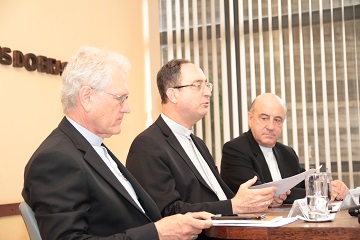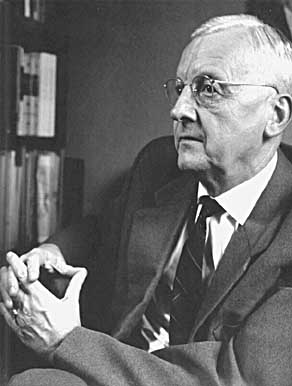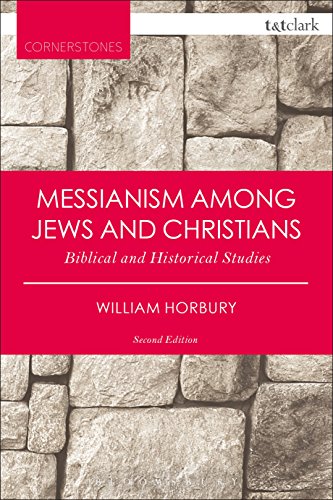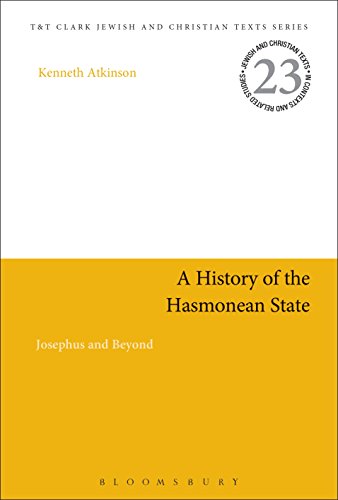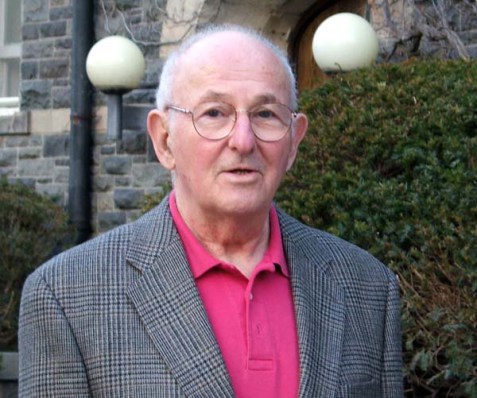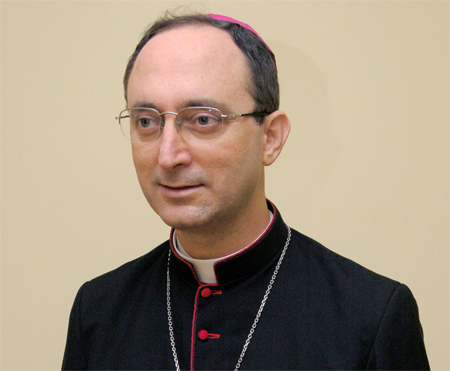Preste atenção nestas datas: 1878 > 1883 > 1974 > 1975 > 1976 > 1977
A teoria clássica das fontes JEDP do Pentateuco, elaborada no século XIX por Hupfeld, Kuenen, Reuss, Graf e, especialmente, Julius Wellhausen (1844-1918), vem sofrendo sérios abalos, de forma que hoje os pesquisadores consideram impossível assumir, sem mais, este modelo como ponto de partida. O consenso wellhauseniano sobre o Pentateuco foi rompido. Lembro que o primeiro livro de Julius Wellhausen sobre o tema foi publicado em 1878 (Geschichte Israels) e o mais importante em 1883 (Prolegomena zur Geschichte Israels).
Thomas L. Thompson (1939) chegou à conclusão de que as narrativas patriarcais estavam refletindo muito mais o primeiro do que o segundo milênio, e a datação tradicional dos patriarcas e sua historicidade caíram por terra. Seu livro foi publicado em 1974.
John Van Seters (1935) concluiu que o J deveria ser visto como um autor pós-D, e que a ‘Hipótese Documentária’ deveria ser totalmente revista. Van Seters publicou sua pesquisa em 1975.
Em 1976 e em 1977 apareceram os livros de Hans Heinrich Schmid (1937-2014) e de Rolf Rendtorff (1925-2014) sobre o mesmo assunto. H. H. Schmid chegou à conclusão de que o Pentateuco era o produto do movimento profético, assim como o era o livro do Deuteronômio, e de que o J deveria ser visto em estreita associação com a escola deuteronômica nos últimos anos da monarquia ou na época do exílio. Rolf Rendtorff não vê nenhuma conexão original entre Gênesis e Êxodo-Números, mas sim uma posterior costura deuteronomista ligando estas tradições. Donde se conclui que a ideia de fontes, tal como a J, deve ser abandonada, e que a formação do Pentateuco a partir de temas independentes é que deve ser pesquisada.
A crise do Pentateuco explodiu, então, em plena luz do dia e ninguém mais podia escapar da constatação de que a teoria clássica das fontes do Pentateuco, pelo menos em sua forma mais rígida, era insustentável.
Conferência na Staatsunabhängige Theologische Hochschule Basel (STH), sobre a mudança de paradigma na pesquisa do Pentateuco. A conferência, que ocorrerá em Basileia, na Suíça, contará com a presença de pesquisadores de universidades europeias, norte-americanas e israelenses. Data: 16-18 de março de 2017.
Chamo a atenção para a conferência como um recurso interessante para se observar o que está sendo debatido nesta área que, como sabemos, está passando por significativas mudanças desde meados da década de 70 do século XX.
Apresentação da conferência em inglês:
Paradigm Change in Pentateuchal Research
Scientific Conference at the STH Basel, 16-18 March 2017
Both in Judaism and in Christianity, the Pentateuch forms the first and fundamental piece of the Bible and in many ways can be seen as the basic document of Western religious history. The paradigm for the study of the Pentateuch that currently prevails in Biblical Studies dates from the 19th century and forms a cornerstone of Biblical Studies and of the reconstruction of the history of ancient Israel. This paradigm extends to the narratives of the Pentateuch as well as to its legal collections. According to this paradigm, the Pentateuch was composed over a long period, with the three most important stages JE (from before the Deuteronomy), D (the core of Deuteronomy, dated in the 7th century) and P (Priestly texts, from the exilic and postexilic periods). This paradigm was established by Julius Wellhausen’s «Prolegomena zur Geschichte Israels» (1878). It has been modified in many ways since its invention, and in the last thirty years it has been subject to various criticisms even by representatives of theological schools that were previously defending it; nevertheless, no fundamental paradigm shift has taken place to this date. It is the aim of this conference to discuss this paradigm critically and to explore whether a fundamental paradigm change can overcome the current impasse of old models and open new approaches to the understanding of the Pentateuch. The international speakers are experts in the fields of Biblical Studies, Legal History, Linguistics, and Ancient Near Eastern Studies.
Organisation
Prof. Dr. Matthias Armgardt, University of Konstanz, Konstanz, Germany
Ass.-Prof. Dr. Benjamin Kilchör, STH Basel, Basel, Switzerland
Prof. Dr. Markus Zehnder, Biola University Los Angeles, USA
Apresentação da conferência em alemão:
Paradigm Change in Pentateuchal Research
Tagung an der STH Basel, 16.-18. März 2017
Der Pentateuch bildet sowohl im Judentum wie im Christentum das erste und grundlegende Stück der Bibel und ist damit das grundlegende Dokument westlicher Religionsgeschichte überhaupt. Das heute vorherrschende Paradigma zur Erforschung des Pentateuch in den Bibelwissenschaften stammt aus dem 19. Jahrhundert und bildet einen Grundpfeiler der Bibelwissenschaften und der Rekonstruktion einer Geschichte des alten Israel. Dieses Paradigma erstreckt sich sowohl auf die Erzähltexte des Pentateuch wie auch auf die Rechtssammlungen. Es geht davon aus, dass der Pentateuch über eine längere Zeit komponiert wurde, mit den drei wichtigsten Hauptetappen JE (aus der Zeit vor dem Deuteronomium), D (Deuteronomium, im Kern im 7.Jhd. entstanden) und P (priesterliche Texte, exilisch-nachexilisch). Dieses Paradigma hat sich mit Julius Wellhausens «Prolegomena zur Geschichte Israels» (1878) etabliert. Zwar wurde es in vielerlei Hinsicht modifiziert, zudem ist es in den letzten rund dreissig Jahren zunehmend in eine Krise geraten; gleichwohl hat bisher kein grundsätzlicher Paradigmenwechsel stattgefunden. Das Ziel der englischsprachigen Tagung ist es, dieses Paradigma kritisch zu diskutieren und zu sondieren, ob ein grundsätzlicher Paradigmenwechsel aus der gegenwärtigen Sackgasse alter Modelle herausführen kann und neue Zugänge zum Pentateuch zu eröffnen vermag. Die internationalen Referentinnen und Referenten forschen in den Bereichen Bibelwissenschaft, Rechtsgeschichte, Linguistik und Altorientalistik.
